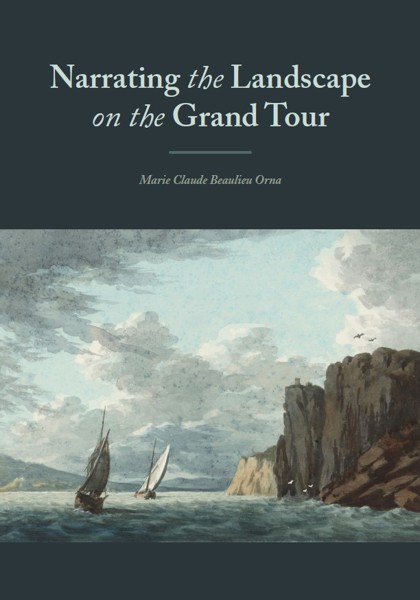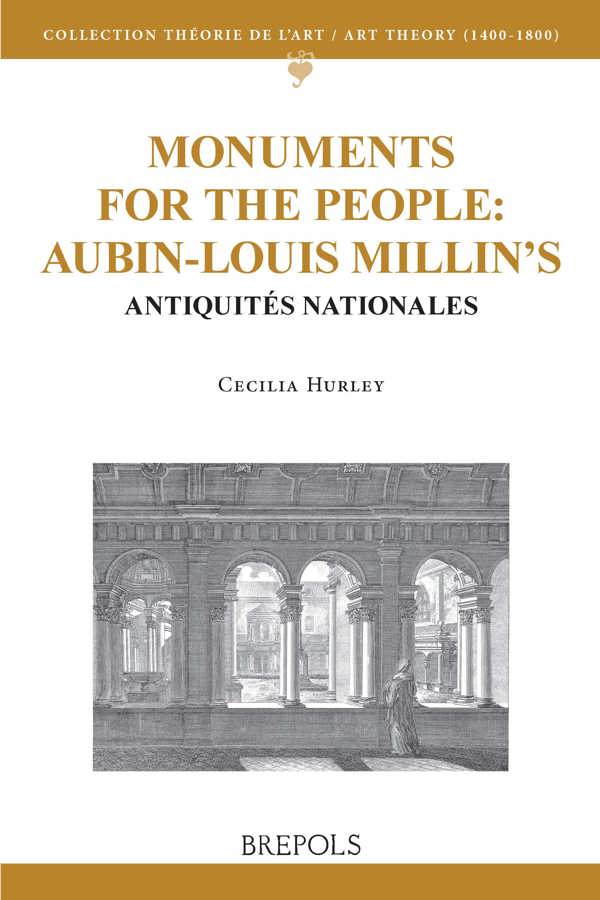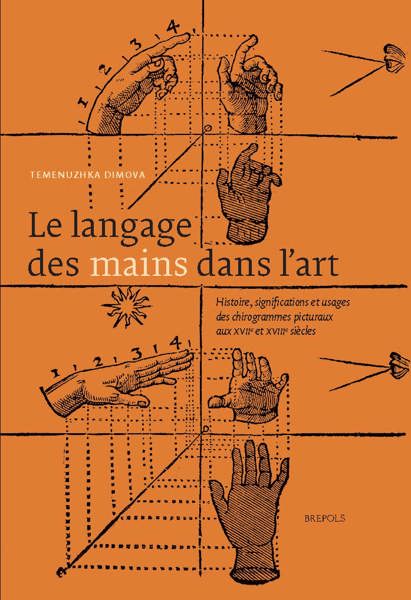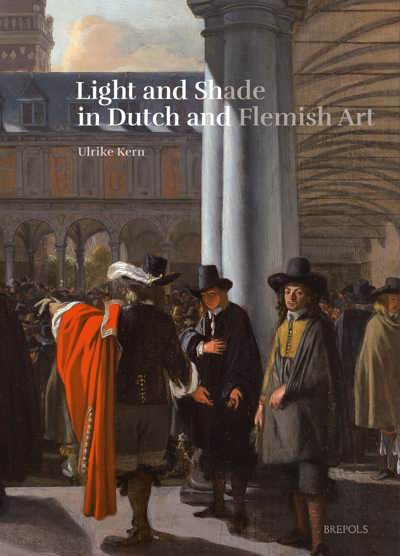
Monuments for the people: Aubin-Louis Millin's Antiquités Nationales
Cecilia Hurley
- Pages: 720 p.
- Size:156 x 234 mm
- Illustrations:54 b/w
- Language(s):English
- Publication Year:2013
- € 145,00 EXCL. VAT RETAIL PRICE
- ISBN: 978-2-503-53682-8
- Paperback
- Available
This book offers an elaborative examination of Aubin-Louis Millin’s Antiquités Nationales, a collection of dissertations describing the history of individual buildings and monuments that were threatened by vandalism during the early years of the French Revolution.
"Cette étude très poussée du premier « musée de papier » de Millin (p. 479), modèle d’enquête archéologique sur un ouvrage, permet de réévaluer la place de cet homme polyvalent et celle de ses travaux en cette fin de XVIIIe siècle. Les Antiquités nationales inaugurent un nouveau discours sur les monuments historiques, devenus patrimoniaux." (Elise Lehoux, dans: Histara les comptes rendus, mars 2014)
"Ambitieux et courageux, le livre vaut à son auteur le premier prix du concours des Antiquités de la France 2014, décerné par l’Académie des inscriptions et belles-lettres de l’Institut de France." (En direct, N° 254, septembre-octobre 2014, p. 8)
"Cette étude attentive permet à Cecilia Hurley de faire comprendre la modernité et l'importance de cet ouvrage méconnu et l'apport de son auteur (...). Monuments for the people sera donc un point de repère pour toute recherche future sur Aubin Louis Millin." (Cristina Trinchero, dans: Kunstchronik, 68.5, 2015, p. 274-278)
"Hurleys großes Verdienst besteht darin, einen der bis dahin nur unzureichend erforschten französischen (Kunst)historiker und sein Werk einer 'strange form of "obscurity"' (S. 64) entrissen und damit einen bedeutsamen Mosaikstein der sich etablierenden Kunstgeschichte bzw. republikanischen Nationalgeschichte sorgsam rekonstruiert zu haben." (Lisa Regazzoni, in: Francia-Recensio 2016/1, http://www.perspectivia.net/publikationen/francia/francia-recensio/2016-1/fn/hurley_regazzoni)
"Obgleich erst 2013 erschienen, gehört es zu denjenigen Werken, welche vor einem Vierteljahrhundert im Abstand von 200 Jahren die Französische Revolution zu erhellen versucht haben, besonders die von Krysztof Pomian, Édouard Pommier und Dominique Poulot. Die Lesenden werden durch Vergleiche mit den grossen Vorgängern und Zeitgenossen unter den Gelehrten der historischen Sachkunde wie Bernard de Montfaucon, Graf Caylus, François-Roger de Gaignières und Alexandre Lenoir konfrontiert, besonders mit Lenoir, dessen Nachruhm so viel heller strahlt als der Millins." ( Georg Germann, in: Zeitschrift für Schweizerische Archäologie und Kunstgeschichte 73, 1+2, 2016, p. 160-161)
Cet ouvrage a gagné la première médaille du concours des Antiquités de la France (avril 2014).
This is the story of a book, a book about a book. The Antiquités nationales constitute, to say the least, an enigmatic publication. Written at the time of the French Revolution, by an author who had until then been known principally for his works on natural history, it is a book about which very little is known. A series of sixty-one dissertations of varying lengths, gathered into five volumes, describes and relates the history of individual buildings or monuments which were, according to the author, threatened by the waves of vandalism occurring in France during the early years of the French Revolution. Neither the circumstances of the book’s writing nor of its printing and marketing are easily elucidated, and the very form in which it was issued is one that requires careful investigation by a bibliographer. A careful collation of the Antiquités reveals that the traditional book form was subtly modified in an attempt to allow readers better to appropriate it for themselves. Amongst the more intriguing aspects of this book is the story of its reception. Hailed at the time of its publication as being a work of the greatest importance which should find a place in every library, the Antiquités very quickly fell from public favour. By now, it is generally familiar only to those engaged in research on the history of French architectural heritage or who are trying to find engravings illustrating a building at the time of the Revolution or before.




